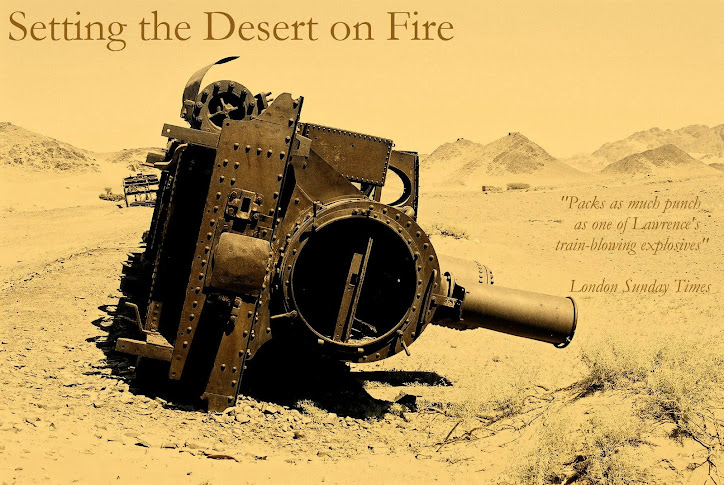Several years ago I visited the Church of the Nativity in Bethlehem. It was cold day in early February and the rain was pouring down. My most vivid memory is of Manger Square, the bland concourse in front of the church, empty and glistening wet. I had just met two organisers of Bethlehem 2000. They were glum men whose plans had been thrown askew by the beginning of the intifada five months earlier. On the way to Bethlehem there were signs of recent fighting. One house, which had been hit by a tank shell, bore a blackened hole in one wall. The overriding feeling was of emptiness.
After I had stooped to get through the Church's tiny door, the simple interior reinforced that impression. Apart from a couple of cleaners polishing the brass rail around the altar, it too was empty. I visited the basement cave where Jesus is supposed to have been born. Perhaps appropriately it seemed unremarkable. There was a lot of crimson velvet.
Bethlehem was then about fifteen minutes by car from Jerusalem, but the security wall erected by the Israelis has now made that journey take longer. What struck me most on that first visit to the Holy Land was just how small it is. My preconceived assumption about the grander scale of the place still intrigues me. It derives entirely from the significance that Christians and Muslims attach to the events that happened there just over two thousand years ago.
Monday, December 24, 2007
In the bleak midwinter
Labels:
Bethlehem,
Church of the Nativity
Subscribe to:
Post Comments (Atom)



No comments:
Post a Comment